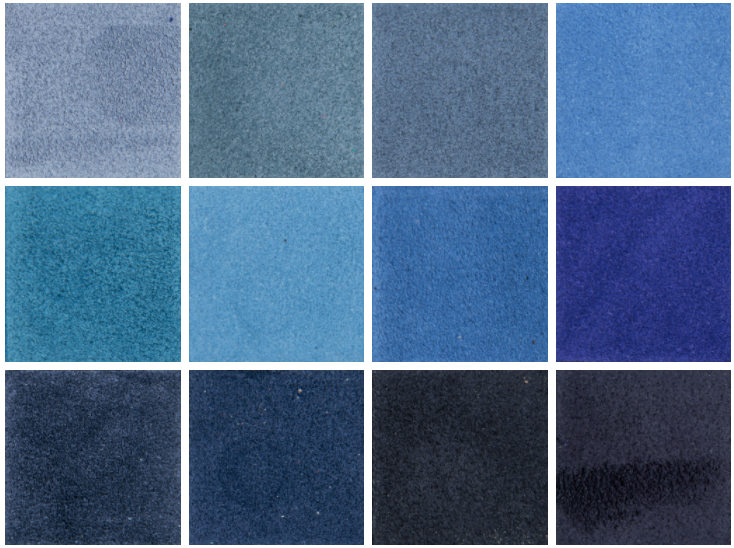
Suede: the Good, the Bad and the Oily…
Share
There is an old adage: You should never eat anything or read a newspaper while wearing suede.
The fear is that that any spill, drop of rain or the mere smudge of newspaper ink will ruin your suede garment or shoes. This is somewhat true and not true at all. It depends on the quality of your suede and how it was made – and obviously, how voracious the spill!
Let me explain…
Suede comes in many forms.
The term originally comes from the French gants de Suède, which literally means “gloves from Sweden”. This was likely a reference to a fine quality, thin lamb or goat skin which is still used for most glove making today.
Suede refers to the underside of the skin, which has a natural ‘nap’ or fibre structure as opposed to the outer layer of a hide, which is smooth and less porous. Naturally, the type and size of the animal results in various textures and thicknesses of the hides – so a suede can vary from the most delicate lamb, goat and calf skins to a more robust cow with a far less fragile thickness and fuller nap.

The type of suede normally used for men’s shoes is the thicker cow-hide versions, ranging from 1.6-2.0mm in thickness with a soft nap and visible ‘drag’ when you brush your hand across the nap. As the thickness of a large cow can exceed 4mm, skins are often ‘split’ into two thinner skins where the top skin maintains the smooth outer side and the bottom ‘split’ skin has a sueded nap on both sides. The splitting process breaks through the natural fibre structure of the hide resulting in two thinner, less durable skins. These skins are most commonly used as linings or in athletic shoes where the end appearance can be controlled with colour, printing or embossing.
A fine, full grain suede is the most desirable quality for a shoe as it retains a smooth side and original fibre structure which can then be ‘reversed’ and used as a natural, smooth lining for a moc or soft boot.
(*more on unlined shoes and ‘skeleton’ linings soon…)
The natural open fibre structure of the soft suede nap is where the problems lie. Theis open fibre structure is naturally absorbent, so water and other liquids will penetrate. But water is not harmful to skin. Like our own skin, leather can naturally dry when wet – assuming is it isn’t cheaply dyed or decorated.
A good quality suede can be pre-treated with a water-resistant protector or sprayed in its final form with a nano-spray protector to give the skin a bit more resilience to outside forces – much like we would use sunblock on our skin at the beach.
If you are wearing a good quality suede that has been protected or pre-treated by the manufacturer, getting caught in a rain shower is not going to ruin your jacket or shoes – only your hair! Let the item dry naturally – away from any forced heat source like a radiator. Once the item is dry, just give it a brush with a soft horsehair or similar clean brush and the nap should easily return to its original soft state.

But back to lunch…
The real enemy of suede is oil. Oil will quickly be absorbed by the open pores of the suede and will not easily be removed without some scrubbing. Once it gets deep, it will stay. If the suede is high quality, full grain reverse suede with a tight fibre structure and was well dyed – you might take a soft toothbrush and some mild diluted dish soap and give it a delicate scrubbing; but beware – you could be removing colour.
The key lesson here is pre-treatment. Our suede at M+R is called GO-RAIN and was specifically developed by an Italian tannery for the inclement English weather. It is pre-treated in the tanning process with a water-resistant protector to give it extra resilience.

It is perfectly suited to an English downpour – but you are on your own when it comes to rogue salad dressing or flying spaghetti!
